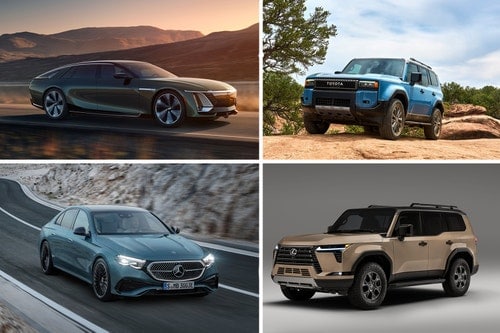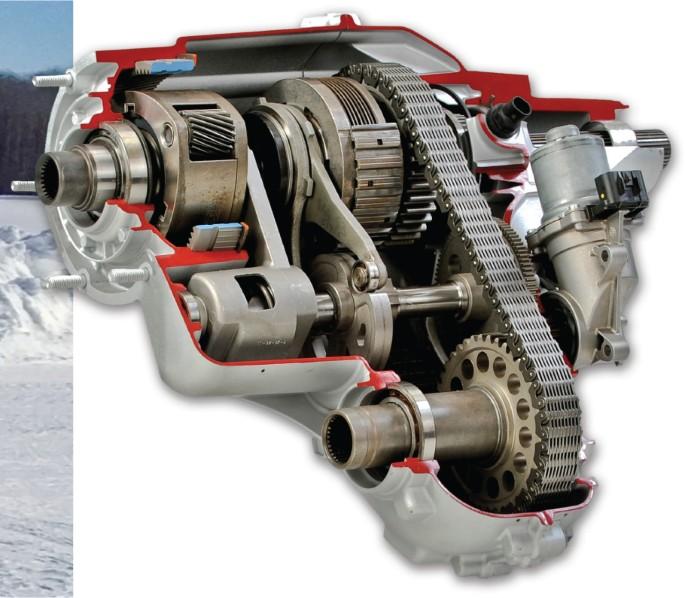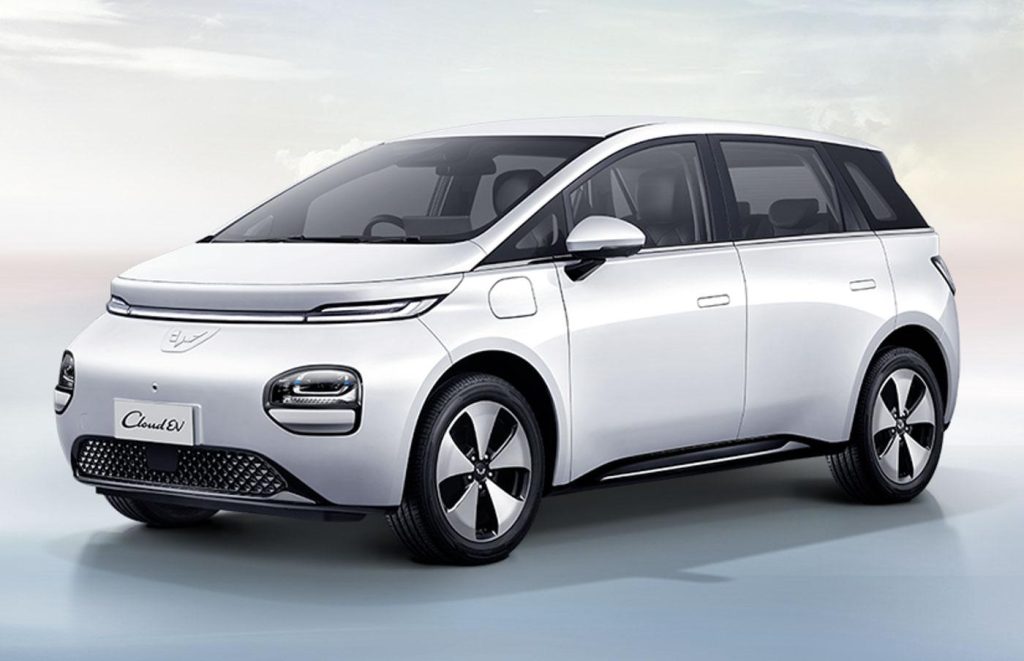Introduction
As the automotive industry rapidly evolves, manufacturers are gearing up to unveil a new generation of vehicles that promise to redefine driving experiences in 2026. With an increasing emphasis on sustainability, technology integration, and safety innovations, the upcoming models are set to feature a range of key specifications that cater to the changing preferences of consumers. From electrification to advanced driver-assistance systems, the specifications of these new cars reflect the industry’s commitment to adapting to global trends and meeting regulatory demands. In this article, we will explore the standout features and anticipated developments in the 2026 automotive lineup, providing insight into what drivers can expect as they prepare to make their next vehicle purchase.
Table of Contents
- Key Powertrain Innovations Driving 2026 Automotive Performance
- Advanced Safety Technologies Shaping Future Car Models
- Sustainability Features Leading the Charge in 2026 Vehicle Development
- Connectivity Enhancements Transforming the Driving Experience
- Future Outlook
Key Powertrain Innovations Driving 2026 Automotive Performance
The automotive landscape is swiftly evolving, driven by groundbreaking innovations in powertrain technology. Manufacturers are poised to unveil models in 2026 that highlight significant advancements aimed at enhancing performance while improving environmental sustainability. Key features include:
- Electric Powertrains: A shift to fully electric systems with ultra-fast charging capabilities is expected, enabling longer ranges and shorter refueling times.
- Hydrogen Fuel Cells: Increasing interest in hydrogen technology as a viable alternative, providing emissions-free driving combined with quicker refueling than typical EVs.
- Multi-Mode Hybrid Systems: Next-generation hybrids that seamlessly integrate electric and combustion engines, allowing for greater efficiency and flexibility in power delivery.
Furthermore, advancements in battery technology are set to revolutionize performance metrics, with lighter and more efficient batteries enhancing acceleration and overall vehicle dynamics. Consider the following specifications anticipated for 2026 models:
| Specification | Details |
|---|---|
| Range (Electric) | Up to 500 miles |
| 0-60 mph | Under 3 seconds (Performance Models) |
| Charging Time | 15 minutes (Rapid Charging) |
| Emissions | Zero (Electric & Hydrogen) |

Advanced Safety Technologies Shaping Future Car Models
The automotive industry is on the verge of a revolutionary transformation powered by advanced safety technologies. Upcoming models in 2026 are set to integrate enhanced features that prioritize both the driver and passenger experience, while also addressing the growing concerns about road safety. Key innovations include:
- Automated Emergency Braking (AEB): Utilizing sensors and cameras, AEB systems will detect potential collisions and automatically apply the brakes to prevent accidents.
- Adaptive Cruise Control (ACC): Next-generation ACC will not only maintain speed but also adapt to the surrounding traffic, ensuring a safer and more efficient driving experience.
- Blind Spot Detection: Enhanced radar systems will provide real-time alerts for vehicles in blind spots, significantly reducing the risk of side collisions.
- Advanced Driver Assistance Systems (ADAS): These comprehensive systems will integrate various safety features, including lane-keeping assistance and traffic sign recognition, to assist drivers in real-time.
Additionally, manufacturers are prioritizing the implementation of AI-driven technologies that learn driver behavior and can predict potential hazards. To monitor these vital enhancements, a focus on vehicle-to-vehicle (V2V) communications is emerging, allowing cars to share critical information such as sudden stops or road conditions. The introduction of these capabilities points to a future where connectivity and intelligence greatly enhance vehicular safety. A snapshot of essential upcoming safety technology includes:
| Feature | Expected Benefit |
|---|---|
| Driver Monitoring Systems | Detects drowsiness or distraction to alert drivers. |
| 360-Degree Cameras | Provides a holistic view of the vehicle’s surroundings. |
| Predictive Safety Algorithms | Analyzes real-time data to forecast potential dangers. |
Sustainability Features Leading the Charge in 2026 Vehicle Development
As the automotive industry accelerates towards a greener future, the 2026 vehicle lineup showcases a myriad of sustainability features that set a new standard. Leading manufacturers are integrating cutting-edge technology to enhance fuel efficiency and reduce emissions. Key innovations include:
- Enhanced Battery Technology: Vehicles equipped with next-generation batteries promise longer range and shorter charging times, minimizing the environmental impact of electric cars.
- Biodegradable Materials: Many new cars will incorporate eco-friendly materials in their interiors, reducing landfill waste and supporting a circular economy.
- Regenerative Braking Systems: Improved regenerative braking will allow vehicles to recover energy during braking, significantly increasing overall efficiency.
In addition, manufacturers are fostering greater transparency through supply chain sustainability, ensuring that all materials are sourced responsibly. Notably, upcoming models will feature:
| Feature | Description |
|---|---|
| Smart Energy Management Systems | Real-time monitoring of energy use optimizes efficiency. |
| Low Carbon Footprint Manufacturing | Processes designed to minimize emissions during production. |
| Eco-Driving Assistance | Technologies that guide drivers to adopt more sustainable driving habits. |
Connectivity Enhancements Transforming the Driving Experience
The automotive landscape is witnessing a revolutionary transformation driven by robust connectivity features that are set to redefine how we interact with our vehicles. In 2026, several new models will debut with advancements that not only enhance communication but also improve overall safety and efficiency. These innovations will include features such as 5G connectivity, enabling real-time data sharing between vehicles and infrastructure, paving the way for smart cities. Additionally, vehicle-to-everything (V2X) technology promises to enhance traffic management, alert drivers to potential hazards, and ensure seamless integration with personal devices.
Moreover, user-friendly infotainment systems are being developed to provide a truly immersive experience. Expect to see augmented reality (AR) dashboards that overlay navigation guidance directly onto the driver’s field of view, minimizing distractions while maximizing convenience. Other enhancements will feature cloud-based services that offer tailored content based on user preferences and predictive analytics to anticipate maintenance needs, ensuring that drivers are always prepared. The table below highlights some of the key connectivity enhancements that will be available:
| Feature | Description |
|---|---|
| 5G Connectivity | Real-time data sharing for enhanced communication. |
| V2X Technology | Improved safety through vehicle-to-infrastructure communication. |
| Augmented Reality Dashboards | Navigational guidance directly in the driver’s line of sight. |
| Cloud-Based Services | Personalized content and insights based on driving habits. |
Future Outlook
As we look forward to the exciting lineup of new cars set to grace the market in 2026, it is clear that innovation and advancing technology will play pivotal roles in shaping the future of the automotive industry. With an emphasis on sustainability, safety, and connectivity, manufacturers are poised to meet the evolving demands of consumers while adhering to stricter environmental standards.
These key specifications not only highlight the manufacturers’ commitment to enhancing the driving experience but also reflect broader trends in the market towards electric vehicles and smart technology integration. As we anticipate these upcoming models, we encourage readers to stay informed about the latest advancements and their potential impact on driving and mobility.
With the automotive landscape evolving at a rapid pace, the vehicles of 2026 promise to redefine not just how we travel, but how we interact with our cars and the world around us. Stay tuned for further updates and insights as these remarkable vehicles approach their anticipated launch dates.



